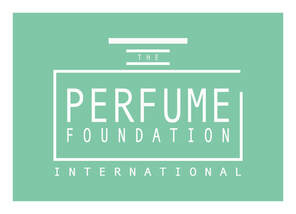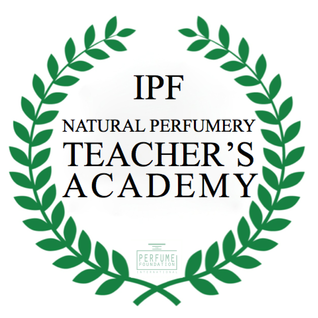|
By Françoise Rapp, Certified Aromatherapist and French Natural Perfumer Expert What are Hydrolats? The distillation process of a plant or one of its parts leads to the development of two different products. At the exit of the still, in the essence, there are indeed two superimposed phases corresponding to the essential oil and the hydrosol. The latter is the aqueous phase most often located under the essential oil at the bottom of the essence, milky in color at the exit of the still. The word “hydrolat” comes from the Latin “hydro” which means “water” and from the French “lat” which means “milk”; this no doubt to recall the milky aspect in the essence, immediately after distillation, before decantation. A hydrosol is extracted from parts of the plant such as the flowering tops (lavender, leafy and needle-like branches, with berries (petitgrains, pines, eucalyptus, juniper, noble laurel, etc.), leaves (mint, lemon balm, etc.), bark (Ceylon cinnamon, sandalwood, …). A floral water is aptly named since it will be extracted from flowers, and we find among the most common: rose water, orange blossom water, and cornflower water. In the History of the Use of Plants We are renewing a real interest in the use of hydrosols and floral waters and know that distilled waters were probably already known to the Egyptians. The first indications of their knowledge comes to us from the writings of Synesios of Ptolomais and Zozymos of Panapolis who described in detail the distilling apparatus of the Egyptians. In the 6th century, Aetius of Amida, a physician and writer living in Constantinople, described empyreumatic distillation by hydro-diffusion. But it is from the 8th to the 11th century during the heyday of Arabian science that we find traces of various experiments such as those of Mesue the Younger, who describes distilled waters of rose and absinthe. Théophanes, doctor of Emperor Michael of Constantinople, recommended rose water as a remedy or Avenzoar, doctor to the Caliph of Morocco who used rose water and rose essential oil as a remedy. After the Crusades, knowledge spread to Europe… Through various writings of the time, it is known that distilled waters were the purpose of distillation – essential oils were then neglected. This period also corresponds to the first alchemical research. The appearance of the printing press promoted the transmission of knowledge. Ex: Walter Hermann Reiff (1556), doctor in Strasbourg gave many details on the distilling devices, the hydrosols, their production and their therapeutic actions. From the 16th century, aromatic waters were sold by apothecaries and then pharmacies at the end of the 18th century. From the 18th century (1708), at least 120 essential oils are listed and used particularly in perfumery. Knowledge and chemical discoveries were multiplying. The science of aromatherapy implemented by Gattefossé was more interested in essential oils than aromatic waters. These do not fall into oblivion, but are used as food flavouring and in the cosmetics industry. What are the most used hydrosols and floral waters?
Among the most used hydrosols and floral waters are orange blossom water, rose water, lavender water and Roman chamomile water, mint, lemon balm, blueberry, and clary sage. Did you know that hydrosols and floral waters are the perfect base for a natural, alcohol-free fragrance? For many, we have been talking about the toxic and harmful aspects of DEP, which is an ingredient added to perfumery alcohol in order to prevent it from being consumable. Many people are increasingly aware of the impact of aggressive products on the skin and in the respiratory system. Alcohol-free perfumes exist but their sale is centered on perfumed mists for young children. And yet, sensitive people, seniors, pregnant or breastfeeding women are customers who can enjoy natural perfumes without alcohol; see the whole population. Perhaps 100% vegetable perfumery can become a new kind of natural, healthy, and well-being perfumery. Perfume yourself with a mist composed solely of floral water or a hydrosol and natural essences! Certainly, the question that is generally asked when we approach the subject of this natural alcohol-free perfumery is the hold of the perfume on the skin, suspended in the air. Let's be honest, this natural perfumery is in no way comparable to existing natural perfumery and very far from conventional perfumery. What is different is the olfactory quality, the fact of reconnecting with the subtlety and the real vegetable notes either of the molecules which catch the nose not to let you go. It's another world of perfumery and totally different that we get used to. An alcohol-free perfume with a base of floral water is a perfume for oneself, not for others. We do good. We feel good. It's like a rejuvenating and beneficial ritual from Mother Nature. These are hyper-creative compositions for the perfumer with a few challenges: the fragrance of the base must match and complement the composition of the perfume formula. A dispersant must be used in order to dissolve the natural essences in this aqueous and fragrant base. What type of botanical perfume can we compose? Natural alcohol-free perfumes based on hydrosol or floral waters limit the choice of olfactory families. Are we going to favour more compositions such as fresh aromatic waters, green floral waters or not, a modern fern revisited in an aqueous base of mint, rosemary or laurel hydrosol? Learn how to dissolve natural essences in an aqueous phase. This Spring make up your own hydrosol or floral water and create an alcohol-free natural perfume. Share it with us on our social media. Do you want to follow your passion and become a professional certified natural perfumer? Enrol now to the French Natural Perfumery Course Spring session The course is taught in English, Italian (thanks to Andrej Babicky) and Arabic (thanks to Naziha Allalou)
2 Comments
Olfaction Training and Aromatherapy to Accompany You Well During Fall by Françoise RAPP, IPF Chair France In the fall, I gathered all my sorrows and buried them in my garden. When April bloomed again and the earth and spring celebrated their nuptials, my garden was strewn with splendid and exceptional flowers. Khalil Gibran Fall is the season we go into soul connection, looking at what we have done so far to prepare for our winter retreat and the year ahead. It’s a difficult season for many as it marks the end of summer and its strong energy and the onset of winter. Losing the exciting summer light is difficult for many of us. In Traditional Chinese Medicine, autumn is linked with the energy of the lung, symbolized by melancholy and the work of the breath. This season, it is important to focus on real breathing work in order to open and lighten your emotions, to let go and reconnect with yourself. In many traditions, breath is the energy of life. The work of breathing increases vitality and dynamism. While physical exercise is work on the body, meditation on the mind, respiratory work acts on the emotions. When we breathe automatically, we exchange ½ liter of air roughly with each breath, but when we breathe consciously, we exchange 5 liters of air. Combine with breathing work, natural essences chosen for their properties on the psyche, you will thus increase the well-being of the body and also of the mind. In Traditional Indian Medicine, Pranayama is the 8th discipline of yoga and it focuses on the breathing work to balance the body and mind. For example, solar breathing or "surya bedhana", energises the body and mind, while lunar breathing, "chandra bedhana", on the contrary, promotes the inner calmness. Solar breathing is practiced by inhaling through the right nostril and exhaling through the left nostril. For lunar breathing, it is the other way around. When we accompany each breath with a natural essence, I advise you to pour one to three drops on a paper tissue to breathe prior the exercice. This fall, five essences will wonderfully help all the physical and energetic work to accompany you well during this season. They will help to relax the body, lighten the emotions, energize the vital energy, calm the mind and regain enthusiasm.
1. Bergamot essence awakens enthusiasm and joie de vivre while allowing you to let go of the mind. It goes very well with the essential oil of Roman chamomile and its honey-like note. 2. Roman Chamomile essential oil is solar. It brings the mind back to inner calm by allowing the mind to let go. It is the essence to fight against minor anxieties, anxiety and negative moods (in combination with the essence of bergamot). 3. Cardamom essential oil brings flavor back to life. It also helps alleviate the emotional burdens that you keep to yourself. Breathing in its essence helps to regain the desire for ... Mix it with bergamot and you will have a sparkling and joyful note that will make you want to sink your teeth into life. 4. Black spruce essential oil is the one that saves you from fatigue in the fall and also in winter. To breathe it is to dive into Canada's boreal forests. Its fragrance is woody, fresh and balsamic. It goes very well with other facets such as woods, balsamics, hesperides, ... 5. Scots pine essential oil stimulates the body by acting directly on the adrenal glands (it increases cortisol levels when used on the skin). It also brings a feeling of solidity and anchoring. Mix it with the essence of bergamot to make you feel light and light on the ground or that of black spruce to combat physical and mental fatigue. If you've never breathed as directed, don't be afraid to take the first step. This is the one that matters! Iris is not only very special for its olfactory quality. Did you know that the plant itself has been sacred for its healing properties ? by Françoise RAPP, IPF Chair France In natural perfumery, iris pallida is an exceptional ingredient to use to add a sophisticated note to formulations. What about its identity and above all, what does this treasure hidden underground reveal after a very long transformation for the pleasure of our nose and much more... Let's explore together this sacred and mythical plant that has existed since ancient times ... In Greek mythology, Iris daughter of Thaumas and Electra, was the messenger of the gods. In Homer's Iliad, she is "the messenger of all the eternal gods". When Hera returned from the Underworld to Olympus, it was Iris who purified her with perfumes. Poets claimed that the rainbow was the trace of Iris's foot descending rapidly from Olympus to earth to carry a message; this explains why it is most often represented with a rainbow. She is the rainbow goddess. Iris of Florence is recognized as one of the noblest members of the iris family by natural perfumers since Catherine of Medicis. As for the plant itself is concerned, for nearly a millennium in Egypt and then appreciated by Catherine de Medicis, it has been used in cosmetics and fragrant balms. And it still does nowadays. Botanically derived from the roots of iris germanica, the extract possesses a high concentration of isoflavones in its rhizomes. As a result, it is included in cosmetic formulations due to its potential to provide potent antioxidant effects that help protect the skin by neutralizing free radicals. In his Canon of Medicine, Avicenna recommends an external wash made from a decoction of orris root as a beautifier of the skin, which removes wrinkles. Iris grows in various countries now from France, China, Turkey, Italy and Morocco but iris pallida or iris of Florence is recognized as one of the noblest members of the iris family by natural perfumers since Catherine of Medicis. Technically, its cultivation is done from mid-September to mid-October. The harvest takes place the 3rd year after planting between mid-July and mid-August. The extraction is either done with a volatile solvent for the absolute (alcohol for the resinoid) or hydrodistillation as for the butter and irone isolate. In terms of the yield itself, it requires 100 kg of rhyzomes to make 1,2kg absolute, 100 kg for 20 kg resinoid and 330kg to make 1kg orris butter and 100 grams of isolates. We can definitely see the waste and non-sense of processing isolates for natural perfumery! Explore this classic and exceptional ingredient.
Its scent is multi-faceted with delicious notes between violet note and mimosa note, woody accents, light note of powdery leather and note of carrot. In fact, very often in perfumery, to replace or support the iris effect, carrot seed essence is added. Its fragrant quality is simply exceptional and it this explains why it was the star ingredient of famous classic sophisticated perfumes from the early 20th Century to now. It is synonym of chic and elegance for women and men as well. It blends beautifully with other essences to either make rich floral, woody or fougère accords. For instance, modern fougère natural fragrance can be created with lavender, vetiver, ambrette, iris and Virginia cedarwood; or the association with essences like benjoin, franckincense, ciste, tobacco and bergamot give it a very modern mystic flair. But more than that, iris is not only very special for its olfactory quality. Did you know that the plant itself has been sacred for its healing properties upon the body? Using natural essences affects definitely our body vitality and health. Since the earliest times, Egyptian then Greeks used iris rhizome powder for its cleansing and detoxifying properties. The juice of the fresh Orris root is said to be one of the finest natural remedies known for dropsy or edema, which is fluid retention. The finely powdered Orris root can be inhaled as snuff in pinch sized doses to provoke sneezing and thereby cleanse the head and sinuses. A decoction of Orris root attenuates and loosens up phlegm in the chest, lungs and throat for easy expectoration, and will soothe a sore throat and pacify coughing. Taken internally in small doses, Orris root will relieve congestion and sluggishness in the liver, have a carminative effect on the stomach and digestion, have a relaxing aperient laxative effect on the bowels, and will act as an emmenagogue to stimulate a sluggish or suppressed menstrual flow. Avicenna, the famous Greek doctor, recommends the external use of a boiled down decoction of the Orris root to treat and aid the maturation of chronic, hard swellings of the lymph glands and acne. He also recommends a concentrated decoction of the Iris leaves as a topical treatment for skin ulcers, preferably in conjunction with Rose oil. Avicenna also regards poultices of Orris root as a valuable antispasmodic in convulsed, spasmed muscles, and recommends an enema of Orris root to relieve pain and tenderness of the sciatic nerve. Explore this classic and exceptional ingredient. Try to formulate a delicately scented balm that will beautify the skin while delighting the senses. To Reconnect With Your Inner Haven of Peace and to Help you Find Serenity by FRANÇOISE RAPP, Certified Natural Aromatherapist There is one raw material that has been of choice in the palette of natural perfumers for centuries, so it seemed obvious to me to share with you the holistic benefits of an exceptional essential oil that is particularly close to my heart: frankincense. Extracted from the sacred boswellia carterii tree and steeped in history, its resin has been used since the dawn of time for the consecration of places of worship and to facilitate connection with the deities. In this article, I will reveal to you how the energetic benefits of this essence is important to reconnect with your inner haven of peace now and how to use frankincense quite simply to help you find serenity. A Little History… The path of incense seems to have been traced for millennia because the path of this precious raw material was already considered a holy grail from Egypt, to Yemen to India. The tree grows in areas of present-day Ethiopia, Somalia, Oman, Yemen. It is in this scorching heat and in an extremely harsh environment that this gnarled or even twisted tree reveals its greatest secret: a fragrant resin with an incomparable subtle and deep fragrance. According to Wikipedia, “the Frankincense Route once linked Egypt with Yemen and India. It was probably created around 1800 BC. AD, when the Indians began to send incense to the ports of Arabia and Egypt. The incense that arrived at the Arabian ports was then sent by caravan through the desert to Petra, and from there to Gaza and Damascus. That passing through the ports of Egypt was transported to Alexandria, passing through Coptos. The trade in frankincense, and myrrh, from southern Arabia to the Mediterranean, flourished between the 3rd century and the 2nd century AD. The incense route served as a channel for exchanges other than frankincense or myrrh: Indian spices, ebony, silk, ... ”. The decline of its trade began in the 7th century .... It is, of course, difficult to reduce its history and its benefits to a blog page as this raw material is exceptionally rich in its history, uses and multiple properties. I have chosen today to present to you some of its energy benefits specifically related to our current needs. Frankincense Essential Oil Provides Great Physical and Energetic Oxygenation
In olfactotherapy and emotional healing, frankincense essential oil is used to soothe impulsiveness, anxieties and mental agitation. It calms the overheated mind, calms the senses, promotes serenity and inner peace as well as a deep sense of security. In this, it is particularly beneficial to use it at this time. It stimulates spiritual forces and promotes inner alignment. It helps to balance the vital energy throughout the body. Frankincense essential oil provides great physical and energetic oxygenation. This is one of its great strengths. It unravels, frees, transforms and helps to evacuate whether they are fears or unconscious resistance. It is olfactory and natural perfumery note is balsamic and it pairs well with many other essential oils. Pair it with rose essential oil or absolute to experience a moment of purely divine inner peace, comforting and gentle like a mother's embrace. Breathe deeply the sweet and profound aroma and immerse yourself into calm and comfort Mix it with myrrh and Ceylon cinnamon for invigorating & reassuring the emotions. My expert advice is to enjoy it solo by taking 7 deep breaths in the state of mindfulness. Keep on the lookout for other articles about the infinite power of scents of essential oils! If your dream is to become a Certified Natural Aromatherapist, enrol to my 8 weeks intensive course. |
Archives
October 2023
Categories
All
|

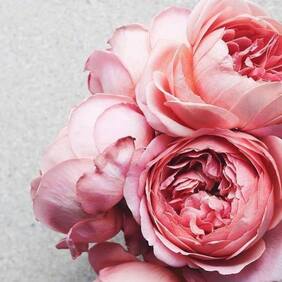
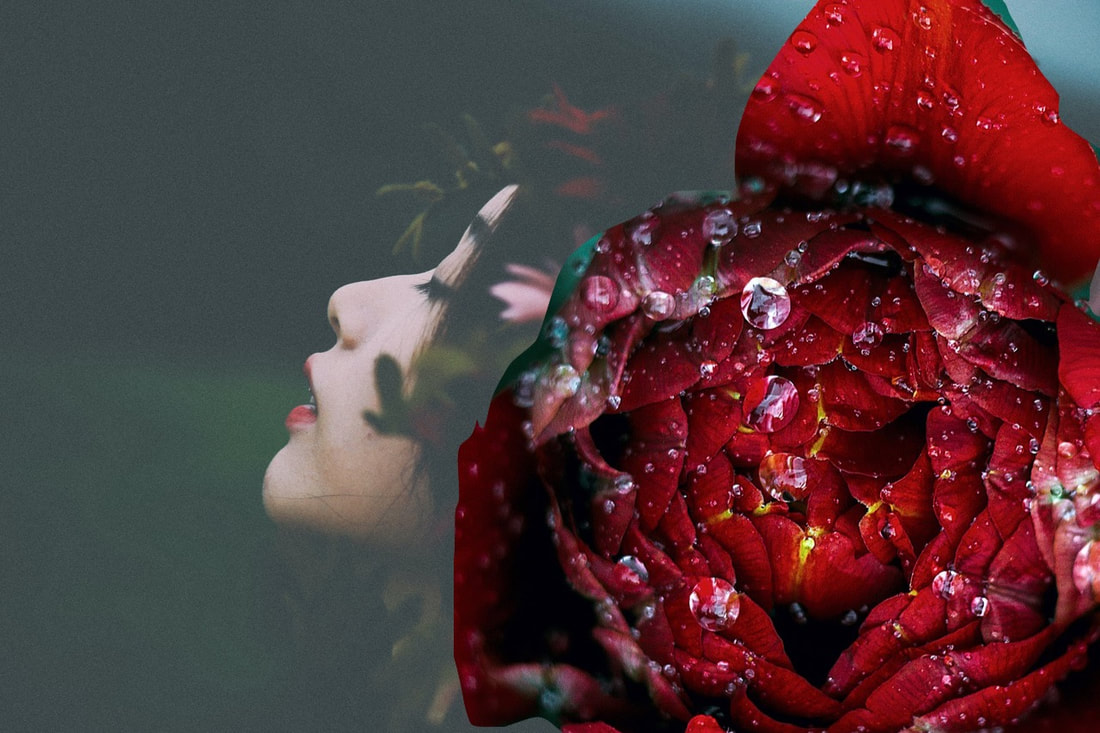
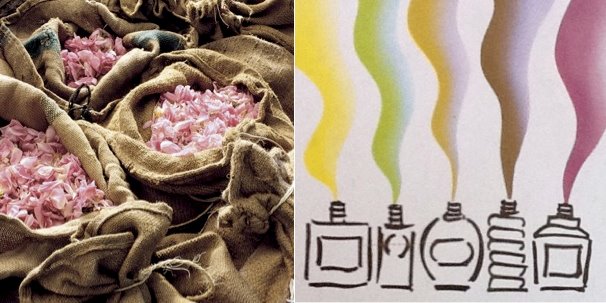
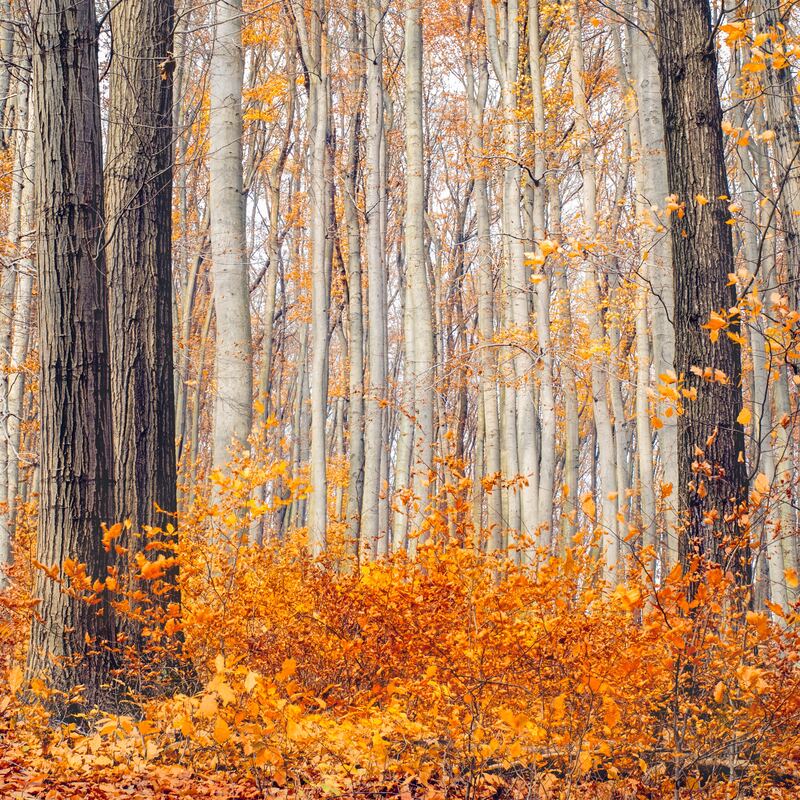

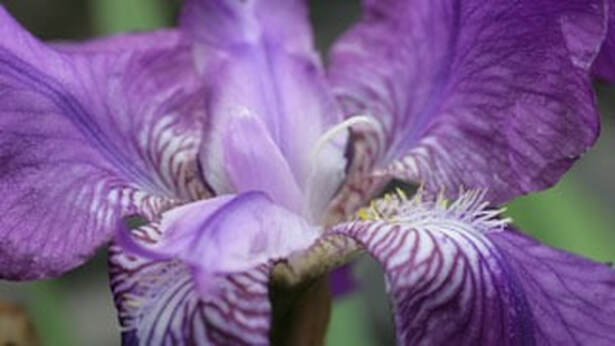
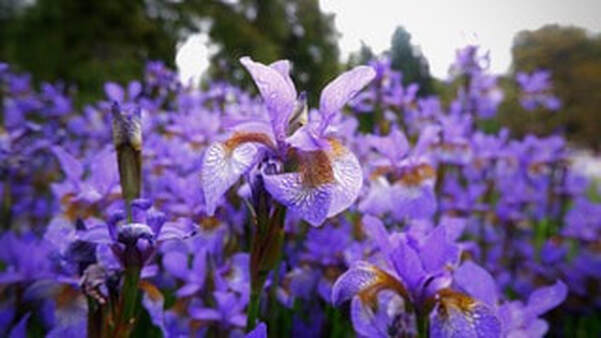
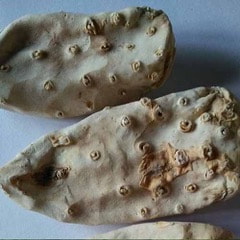
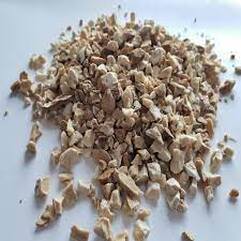
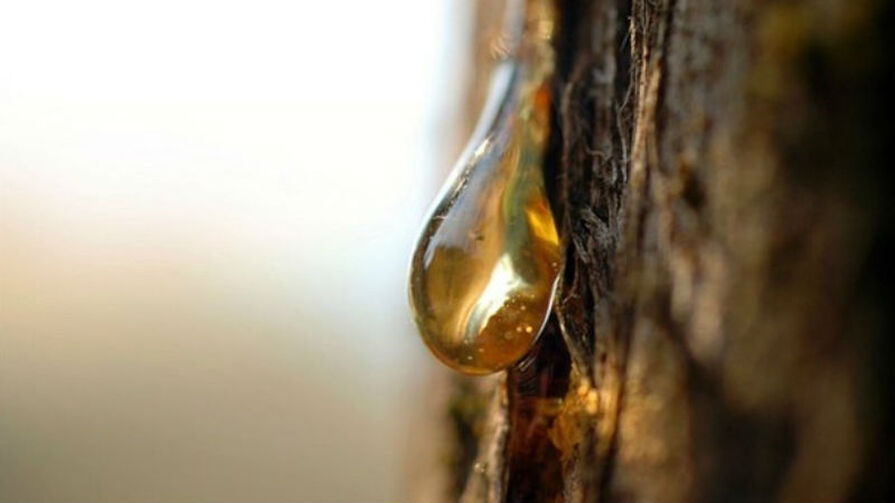
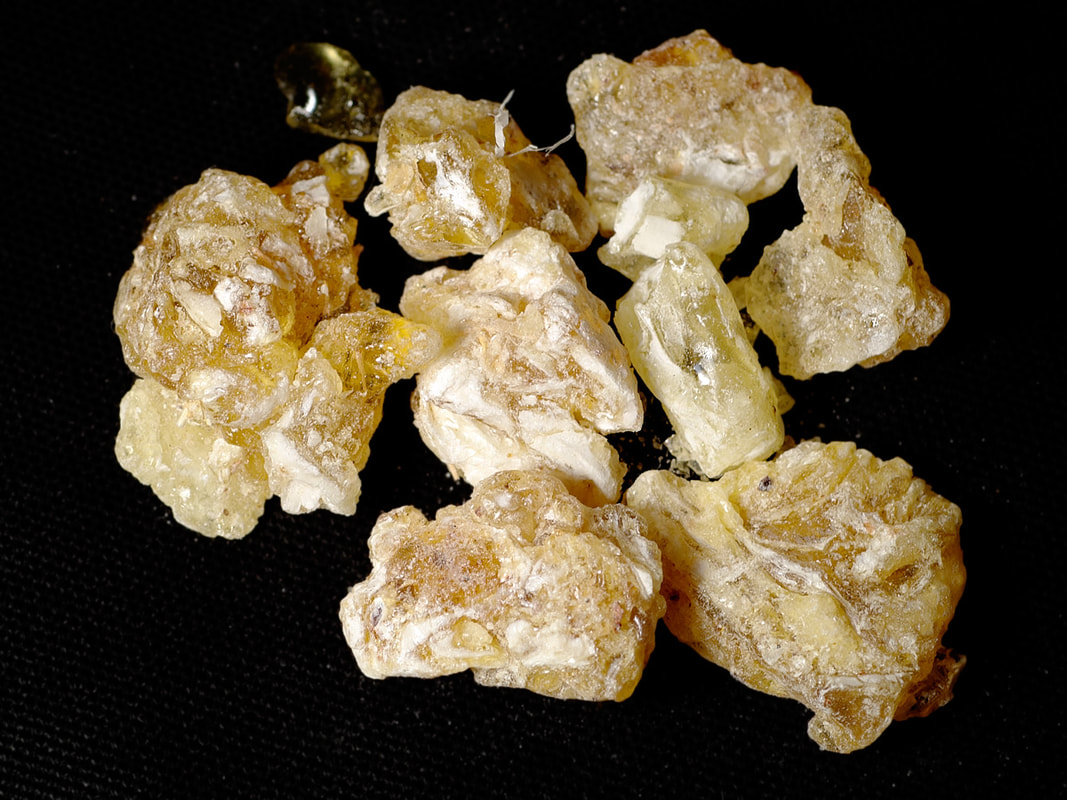
 RSS Feed
RSS Feed
